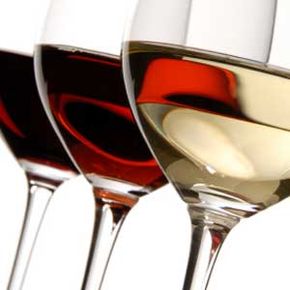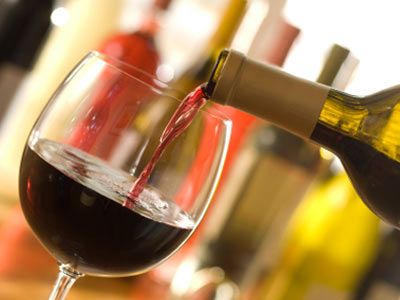As a rule, alcohol can be expensive. There are exceptions to this, of course. Your local liquor store surely has a few select wines that cost only a few dollars. But that same store probably stocks brands priced at more than $100, too. Even those who don't shy away from paying $150 for a bottle of Dom Pérignon or $350 for a bottle of Louis Roederer Cristal Champagne may be shocked to see just how much some wine collectors spend.
A 1787 Chateau Lafitte was auctioned at Christie's London auction house in December 1985 for $156,450 [source: Feiring] and is widely recognized as the most expensive bottle of wine ever sold. Reportedly, many prospective buyers believed that the initials of Thomas Jefferson were etched in the glass bottle. At one time, it was a common practice to engrave initials on bottles when purchasers placed large orders from the Chateau, so this bottle could have been a part of the president's estate, which would be at least one reason behind the hefty price tag. This seemed a reasonable supposition at the time, but a later investigation suggests the assumption was unfounded.
Advertisement
It may seem extreme to shell out as much money as some do, but there are many reasons someone might invest in a wine collection. It can be a quality investment as most wines increase in value with time. There is even a large crowd that considers wine an art form, and therefore buying a bottle means buying a piece of art. If you're solely interested in drinking your wine, there are still many factors that affect the cost.
Normally, inexpensive wines are produced in bulk, so most of their cost can be attributed to the production, taxes, retail expenses and import costs. The large volume of these wines makes them inexpensive. In the mid-price range, production still weighs in, but things such as reputation of the brand and where the wine comes from also affect the price. For example, established European wineries will produce more expensive wines than new wineries that have yet to make names for themselves. Finally, with high-end, fine wines, scarcity and perceived quality are big factors. The actual wine often costs more to produce as well, because the winery uses certain grapes, specific barrels, reputable winemakers and quality packaging. Those factors, on top of the production costs and brand recognition, allow the producer to charge more for the wine [source: Wineanorak, Hesser].
Be sure to check out the links on the next page for more wine-related information.
Advertisement



